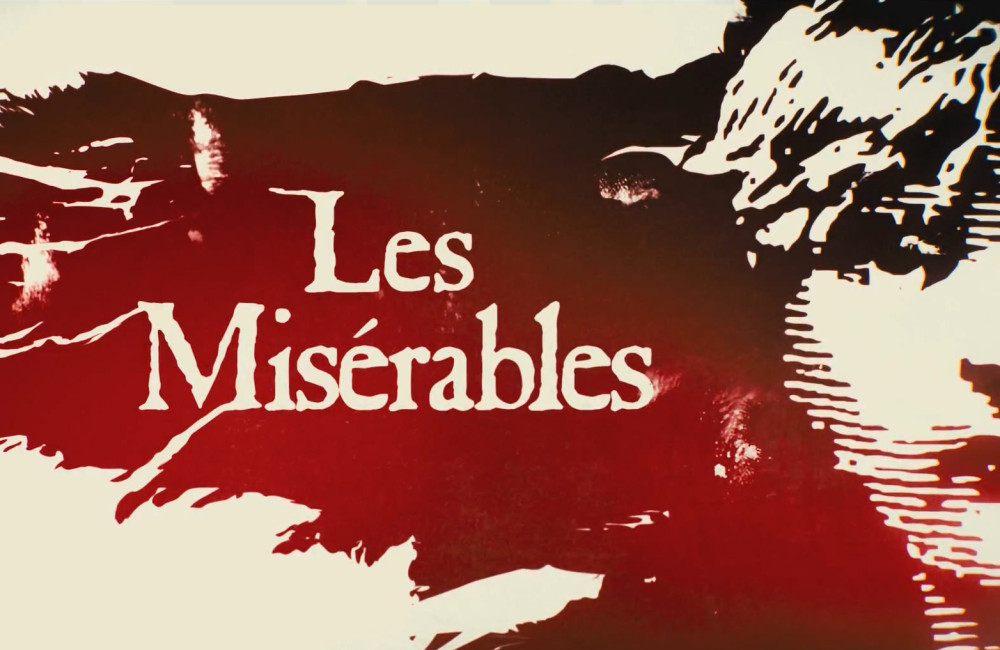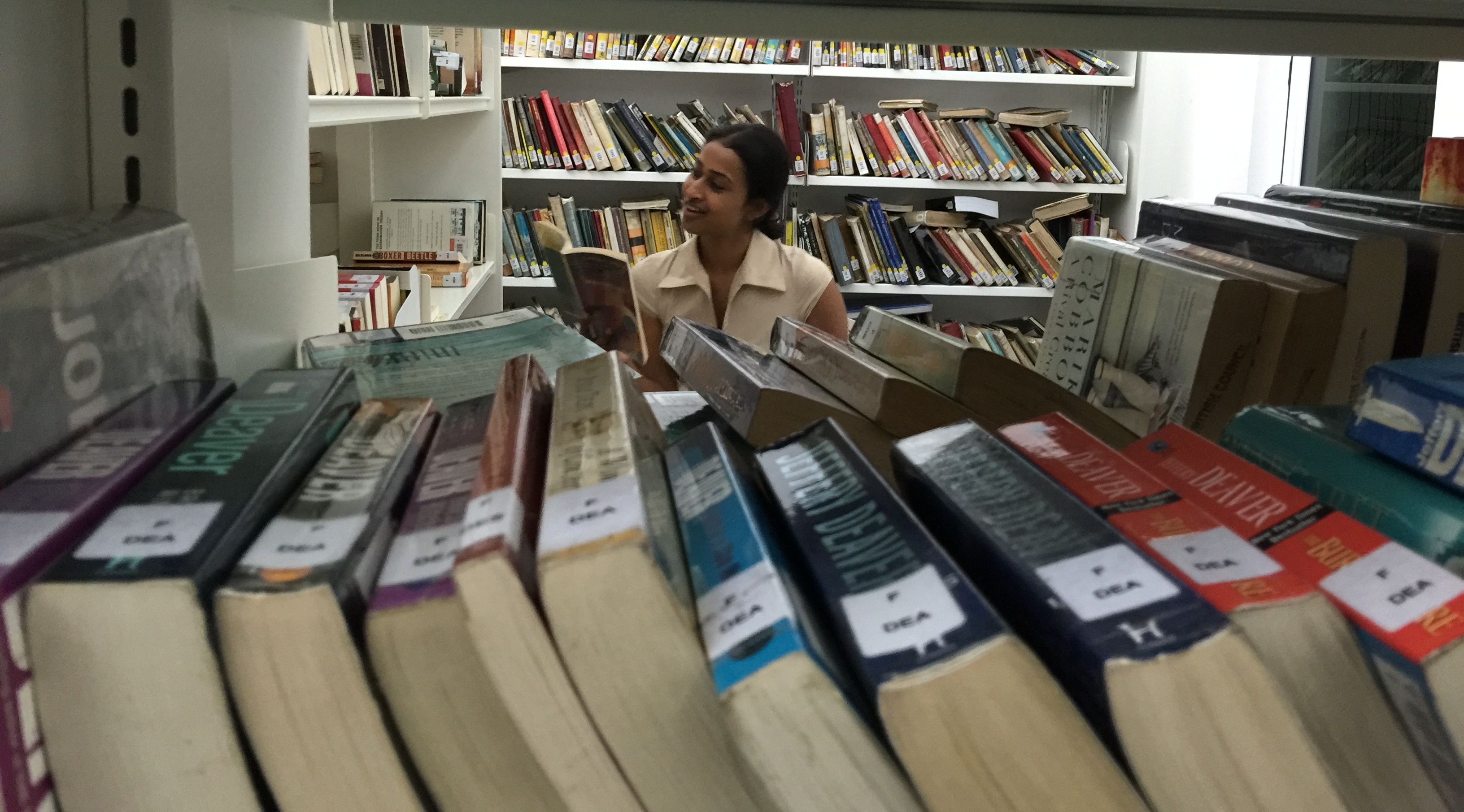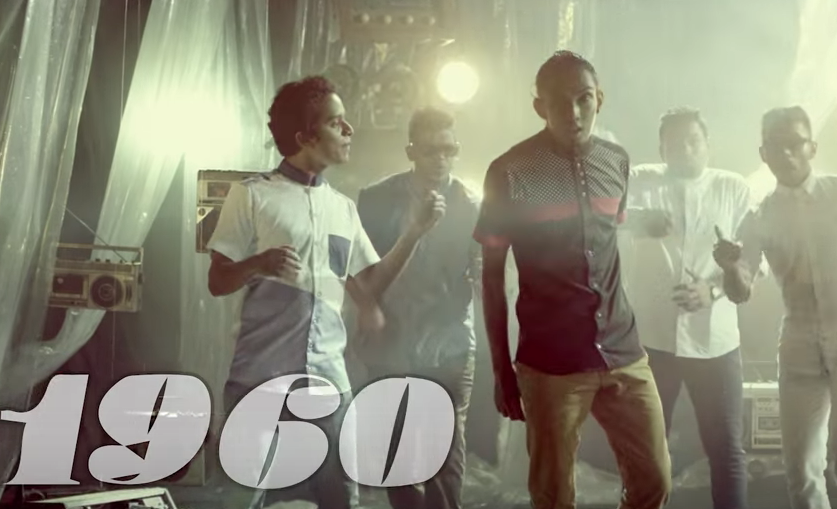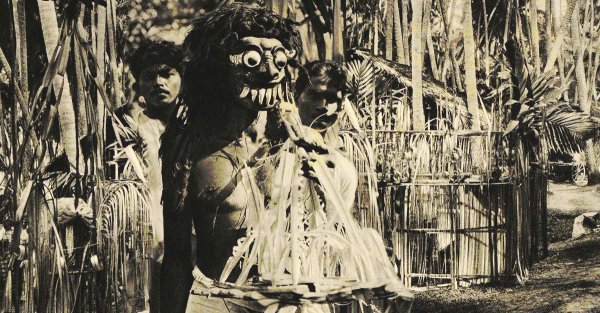
Anyone even remotely interested in theatre would have gotten their theatre pants on just for The Workshop Player’s rendition of Les Misérables now at Lionel Wendt. We caught the opening night show (October 1st) and were equal parts amazed and disappointed.
Disclaimer
Les Misérables or Les Mis for short is, for those not aware, a musical. Which means that the story very much depends on being able to follow through with the songs. This is not always great – it honestly requires more attention than following just dialogue because your brain is processing both the music and the lyrics. Some people can, however, digest this better than others so it’s not exactly an ideal cup of tea. Musicals also mean that the acting *may* fall on the wayside because the focus may be more on the singing – but you know you’ve found a rare gem when someone can both effectively act and sing simultaneously. Musicals are also far more melodramatic and may be off putting as a result. What all this means is not that musicals are difficult, or somehow inferior or just plain bad – it just means is that it takes real effort and talent to pull it off.
So did the Workshop Players pull it off?
On some levels, yes. We’ve analysed it and broken it down for better comprehension.
The Ayes: Spectacle
Les Mis did a few things really well: the backdrop, the lights, use of stage space and the use of props and costumes.
For a period piece, they beautifully managed to capture the era, effectively using the lights and backdrop to take you to Paris during the French Revolution. The use of the fog machine was very well done, whether it was to recreate grimy, dingy alleys, the interior of a tavern, a battlefield, an idyllic garden, moonlight or a red light district. We particularly liked the use of lights during the battles – the flashing of lights to simulate the muzzle flashes of the guns was cleverly done. Likewise, the use of no lights in scenes where the cast used candles was visually stunning. We’d also like to note the symmetry in which the candles were placed. Apart from that, there was great attention to detail. Simple, seemingly mundane aspects like motes of light and being able to mark the differences between day and night were appreciated. In addition, using the depth of the stage to their advantage, they even managed to recreate the illusion of a long hall punctuated with quaint windows. Our only contention was the projected image of sewers. Overall, we like the use of technology in stage productions but this scene was jarring and detracting, possibly because the effect of the optical illusion tunnel.
The backdrop, especially the terraces moved in from the wings and the garden wall, the timing of the sets and props and seamlessness of the scenes only points to technical brilliance and endless practicing. The transition between scenes was seamless – some of the props were rolled in or brought down using mechanical pulleys while the scenes were going on. The stage at Lionel Wendt is known more for its depth than width. Despite the restrictions in width, however, especially in scenes which featured the entire cast, we think they managed to use the stairs at the side of the apron reasonably well. Even the exits and the use of the trapdoor were well orchestrated – nothing that would divert or detract attention from the play.
Where the costumes were concerned, once more, the era was nicely captured. The costume designs were pretty good and we loved the attention to detail, including the underskirts and the pantaloons. The only thing we could point out was that sometimes the costumes felt too…clean and perhaps even too tailored, but that’s a minor gripe.
Music, Sound and the play
For the most part, we really liked the singing. Some of the voices really stood out – like Fantine’s husky dusky voice, Javert’s bass, Eponine’s sass and Madame Thénardier’s snarl. Cosette’s voice was more of a soprano persuasion, which is an acquired taste and can be a bit jarring. The synchronised singing, especially in the opening scene set the right mood for the entire play. There’s something powerful about large groups of people coming together to sing – and that power was well transmitted to the audience. There were moments, however, due to technical difficulties, where the voice of minor characters didn’t carry. Some of the singing was also unclear due to issues with enunciation – this, especially for musicals, is a big problem and created a few gaps in the storyline, especially that of Jean Valjean. There was also a bit of audio interference with the music, but these things are to be expected.
While there are many things to compliment – we also believe in honesty. In all honesty – we thought some of the scenes were long drawn out. Javert’s scenes in particular had a tendency to drag, despite the power of his voice. This might not be the actor’s fault, however.
The biggest problem we recognised with the play was length – sure, Les Mis is known for its length but the question is, are Sri Lankan audiences up to it, particularly for a play as heavy as Les Mis? The answer is perhaps a no – a three hour long play is too much to sit through, particularly at a sparsely furnished theatre like the Wendt. While this has little to do with the play, the place seriously needs an upgrade, especially considering the length of such plays. The quality of the seating actually detracted from the play – towards the end, it was literally a pain in the a**.
Where long drawn out scenes are concerned, like the one mentioned above, the director should ideally have cut down the length of these scenes – it makes no sense, whatsoever, to have someone solo for 2 – 3 minutes or longer at a stretch. Musicals are demanding and scenes of this length felt tedious and up to a point, even boring. What could have been a brilliant play is therefore compromised by the length – personally, we felt our attention waver, especially during the second half of the play.
While the first half set the exposition and the rising action, the second half lagged greatly – which is disappointing because this is where the climax, falling action and denouement come in. The battles should have been exciting on more than just a technical level, but they weren’t the highlights of the play although little Gavroche did stand out. In comparison to the battles, however, the performance of the Thénardier’s and their antics was more memorable. In addition, perhaps due to the length, we also felt that while the singing was really well done, it just wasn’t engaging enough. The exception to this was Eponine, who was really easy to connect to, and was engaging. In contrast, Javert’s and Cosette’s solos left us cold. Fantine and Jean Valjean had their moments of brilliance – beautiful voices but they didn’t always leave a mark. We weren’t too taken by that night’s pairing of Cosette and Marius, either. There was little or no chemistry between them and the coupling felt forced.
The Verdict
The play was, on the whole, good and okay – good in terms of technical elements and to some extent the performance itself, give or take a few things. We had issues with the length and a few other aspects, which in turn dulls the effectiveness of the play.
Roar Recommends?
If you’re a regular theater goer – yes, go watch it. Like we said, the play is technically brilliant and there are a few gems for the observant viewer. If this is your first play – yes, go watch it but don’t send us hate mail if you feel like walking out or yawning during the second half. The cast also gets shuffled, which means that your experience might not correspond with ours.








